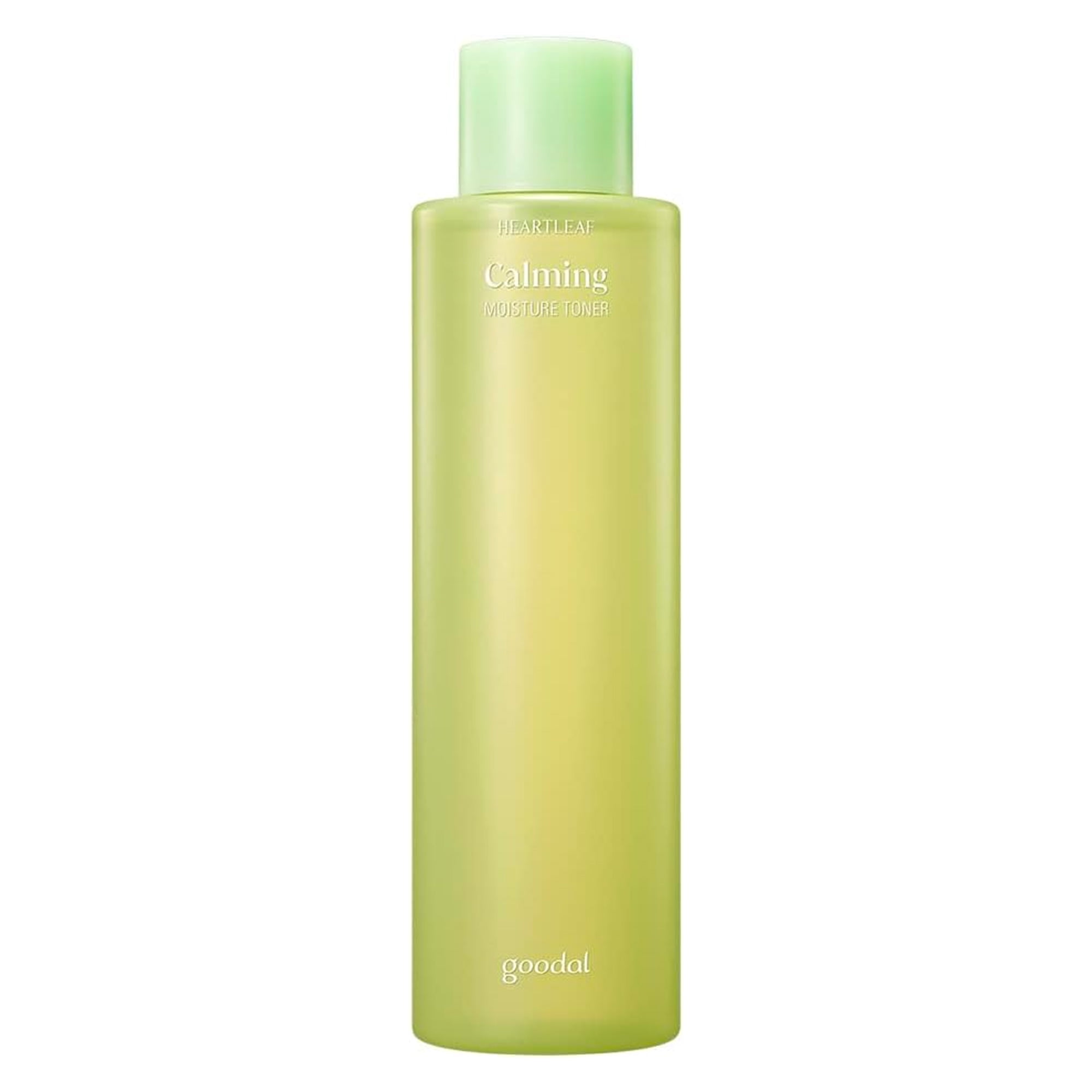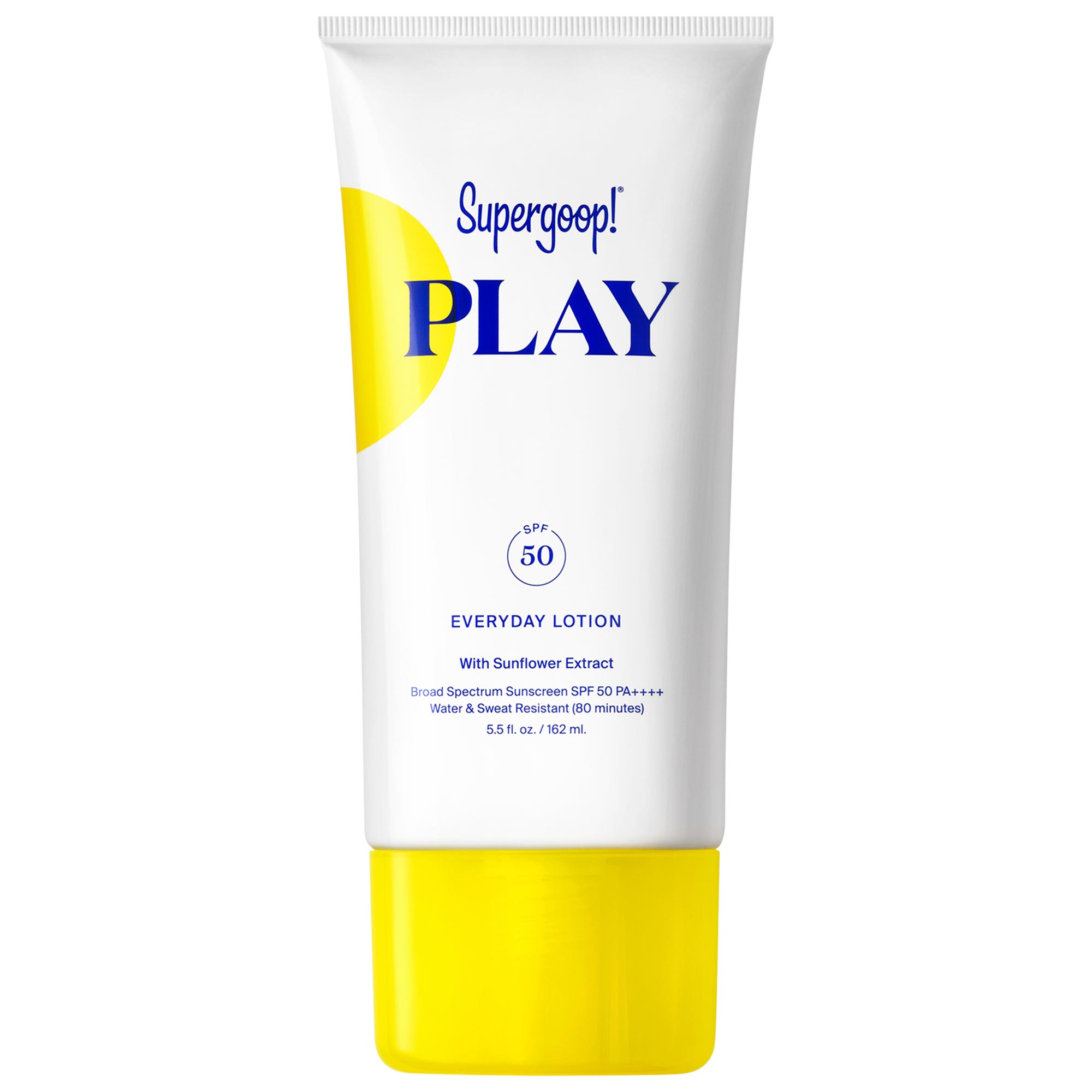I'm 29 and Just Tried Botox—5 Things I Wish I Knew Before My Appointment
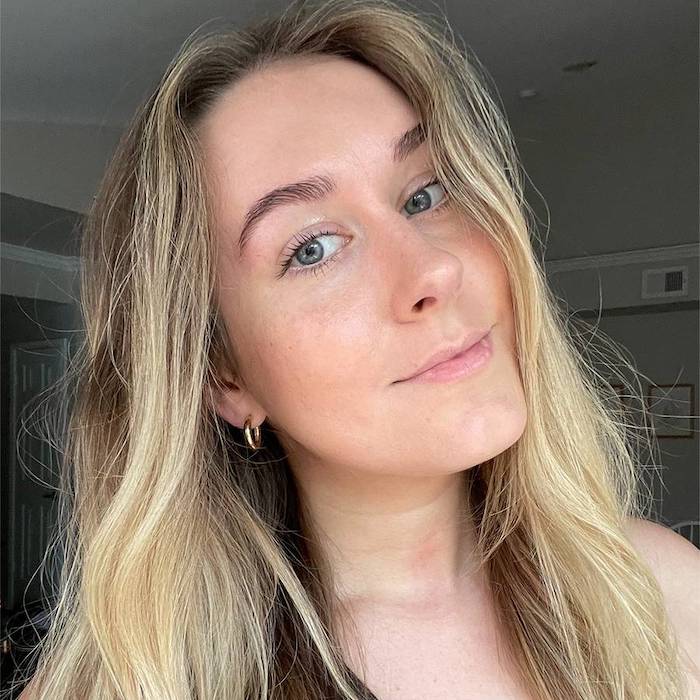
I considered getting Botox for a long time, but something always stopped me from scheduling the appointment. I figured it was expensive (it is), time-consuming (it's not), and inherently risky (I feared being stuck with a frozen, unnatural-looking face—luckily that fear was unfounded). Eventually, though, the deep-set, vertical line between my eyebrows won out.
You see, I'm an eyebrow-furrower by nature. It doesn't matter if I'm concentrating, irritated, sad, or simply squinting on a sunny day. My brows are more often locked together than not. That was all well and good when I was younger. In my late 20s, however, the deep-set wrinkle persisted even when my brows weren't knit together. I hated looking at it in the mirror, seeing it show up in photos, and even having to touch up my foundation so it wouldn't settle into it. Long story short, I scheduled the appointment.
Cut to three months later, and I'm so happy I did. The wrinkle is gone, and I rest assured knowing I'm not making it worse via repetitive muscle contraction. My results are so good that I wish I had done it sooner. Still, there are some things I learned along the way that would have been helpful to know as a first-timer. Ahead, learn all five things and see some epic before-and-after pictures.

Here I am at my appointment with the injection points mapped on my skin.
1. What Is Botox?
Madeleine Gantz, MD, FAAD, is a board-certified dermatologist at Westlake Dermatology in Austin, Texas. She also happens to be my injector, which is why I turned to her for answers to some of my most burning questions.
I wish I knew that… Botox is technically a brand name.
Yep, that's right. Botox is technically a brand name, like Kleenex or ChapStick. When most people refer to Botox, they're referring to neurotoxins as a whole, which also include brand names like Dysport, Xeomin, and Daxxify. I'm not above it. After all, I said I got Botox, but I really got Dysport per Gantz's recommendations. This is because it sets in faster than other neurotoxins, but more on that in a minute.
"Botox is a subtype of botulinum toxin that is purified so that it can be injected into the face to induce muscle relaxation in order to treat lines and wrinkles created by repetitive muscle movement," she says. "There are other brands besides Botox that work the same way, but Botox was the first brand on the market. I tell my patients it's like the 'Kleenex' of tissues since people are most familiar with the name. All of the different brands that we use for cosmetic injection have the same mechanism of action in tissue in terms of how they interrupt the communication between nerves and muscles. However, there are differences at the molecular level and in the manufacturing process, and it's those differences that can lead some patients to say, 'Dysport works better on me' or 'Botox lasts longer on me.'"
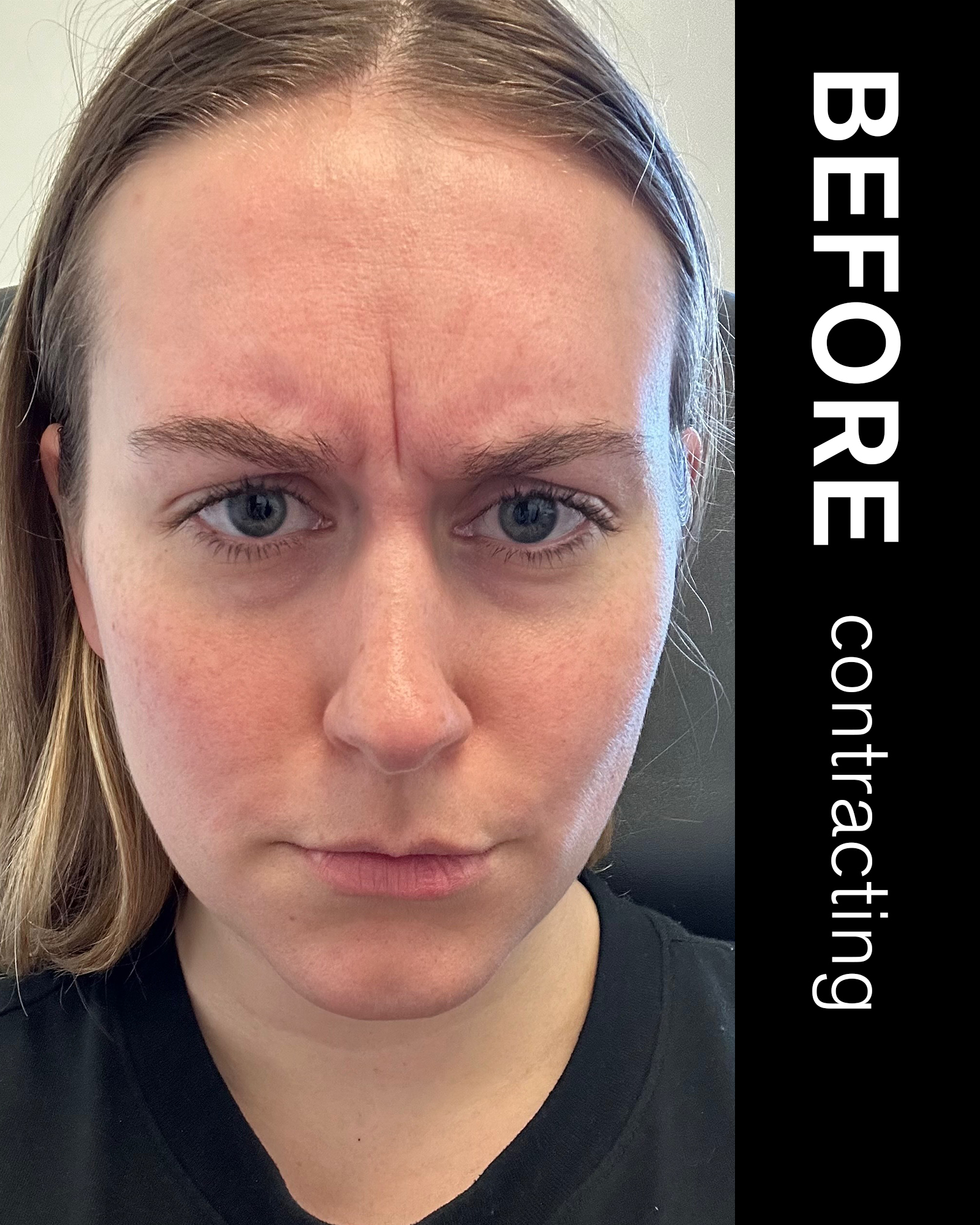
This picture is so unflattering it's almost comical, but I think it's important to see how deep-set my glabellar line was when I would furrow my brow.
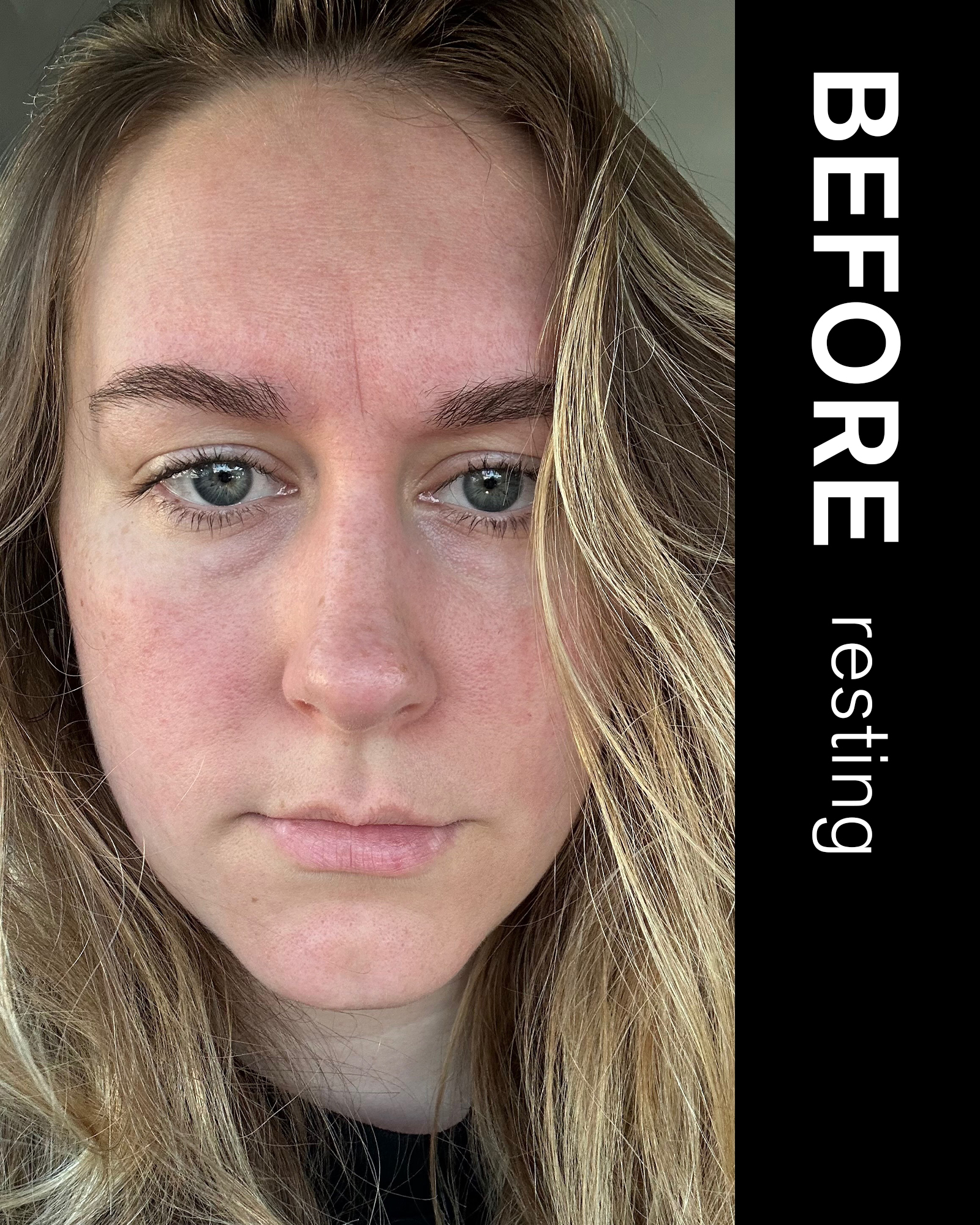
It became a problem when the line stayed put after I stopped furrowing my brow. I felt (and still do feel) like the line prematurely aged me beyond 29 years.
2. What Is Botox Used to Treat?
I wish I knew that… Botox can treat more than lines and wrinkles.
If you're like me, you thought neurotoxins treat lines and wrinkles, and while that's true, they can do so much more. "Neurotoxins are most commonly used to treat lines created by repetitive muscle movement in aesthetics," Gantz says. "The most popular areas to treat are the '11' lines between the brows, the horizontal lines of the forehead, and 'crow's feet' around the eyes. Since it works by relaxing muscles, we can also use it to produce muscle atrophy (or slimming) in certain areas, i.e., the masseter muscles to slim the lower face or the trapezius muscles to elongate the neck. Around the mouth, we can use it to prevent the upper lip from curling inward with smiling ('lip flip') or to prevent the upper lip from raising above the gum line with smiling ('gummy smile')."
I'll stick to using neurotoxin injections for glabellar lines for now, but as the old adage goes, "Never say never." I have a thick jaw muscle thanks to a stubborn case of TMJ, so who knows, maybe I'll explore the notion of masseter Botox at some point in the future.
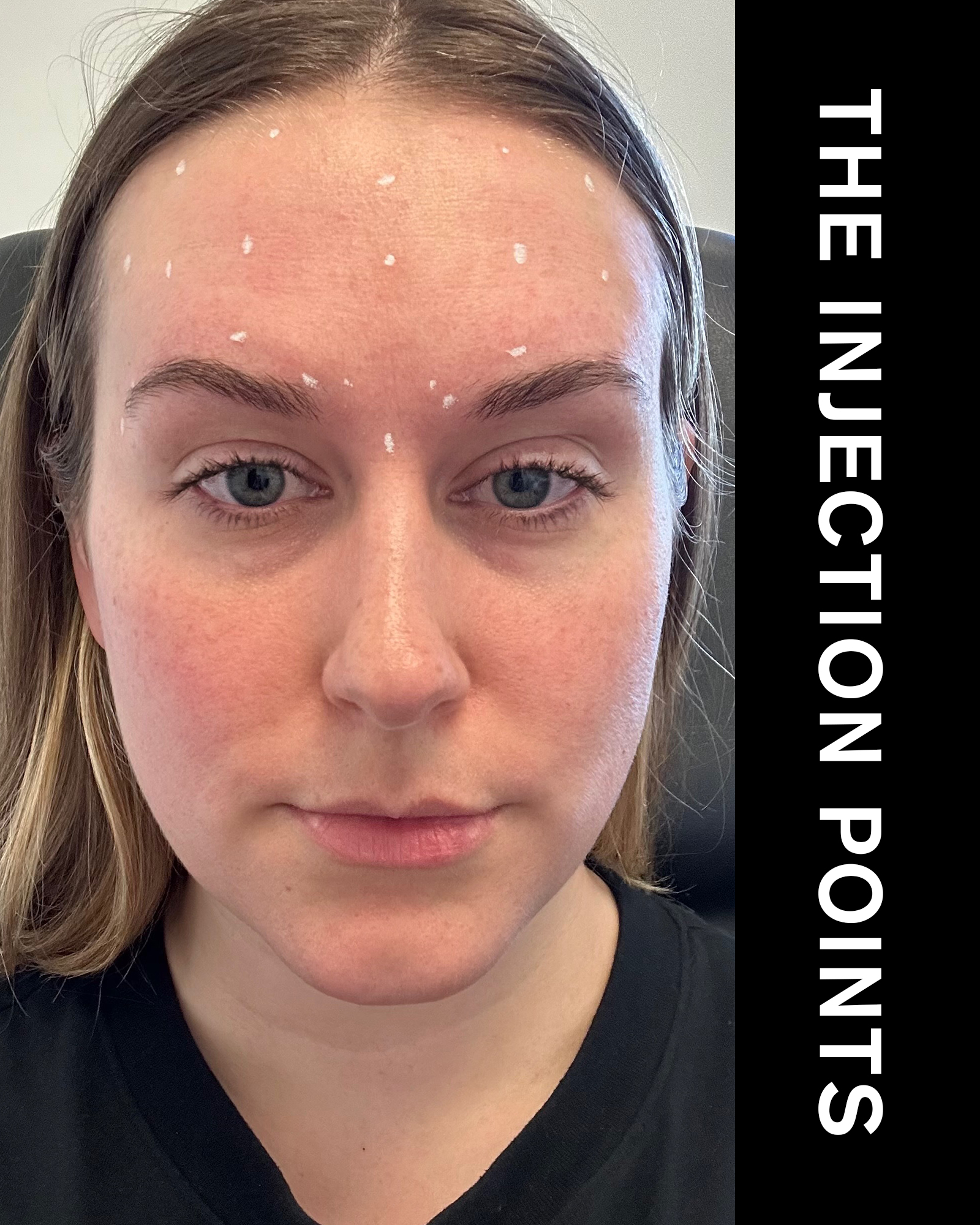
Ignore my early morning, pre-coffee tiredness, but this picture shows the injection site map—aka, where Gantz injected the Dysport to relax my muscles.
3. How Many Units of Botox Are Injected?
"Units" are the standardized measurement of neurotoxin that injectors use. For reference, one vial of Botox contains 100 units. Some people require less; others more. The only way to know how many units will work for you and your goals is to see a trusted, certified provider, like Gantz.
I wish I knew that… the units of neurotoxin used depend on things like anatomy and desired outcome.
"The units used will depend on the surface area being treated, the degree of muscle movement at baseline, and the patient's desired outcome," she says. "For example, a patient with a taller, wider forehead who creates a lot of horizontal lines when they raise their brows will require more units than someone with a small forehead who produces one or two horizontal lines. We can also tailor the dose to the patient's desired outcome, e.g., use fewer units on someone requesting to maintain expression. Just keep in mind that the duration is dose-dependent, meaning that if we under-dose to create a more natural look, it's not going to last as long as it would if we use the full dose."
This is especially pertinent now that the "Baby Botox" trend is going around. "'Baby Botox' is the practice of using a smaller number of units to treat a given area so that the muscle being treated does not fully relax," Gantz says. In other words, it's using a small amount of neurotoxin to achieve the most natural-looking result.
I, for one, had 54 units of Dysport injected in my glabella (the area between the eyebrows and above the nose). Since Dysport sets in faster than other neurotoxins, I started to see and feel results in less than a week. It was a strange sensation, like a tightness or heaviness in my forehead. Apparently, this is normal, and no cause for concern. The feeling dissipated after a few days. I had no other notable side effects.
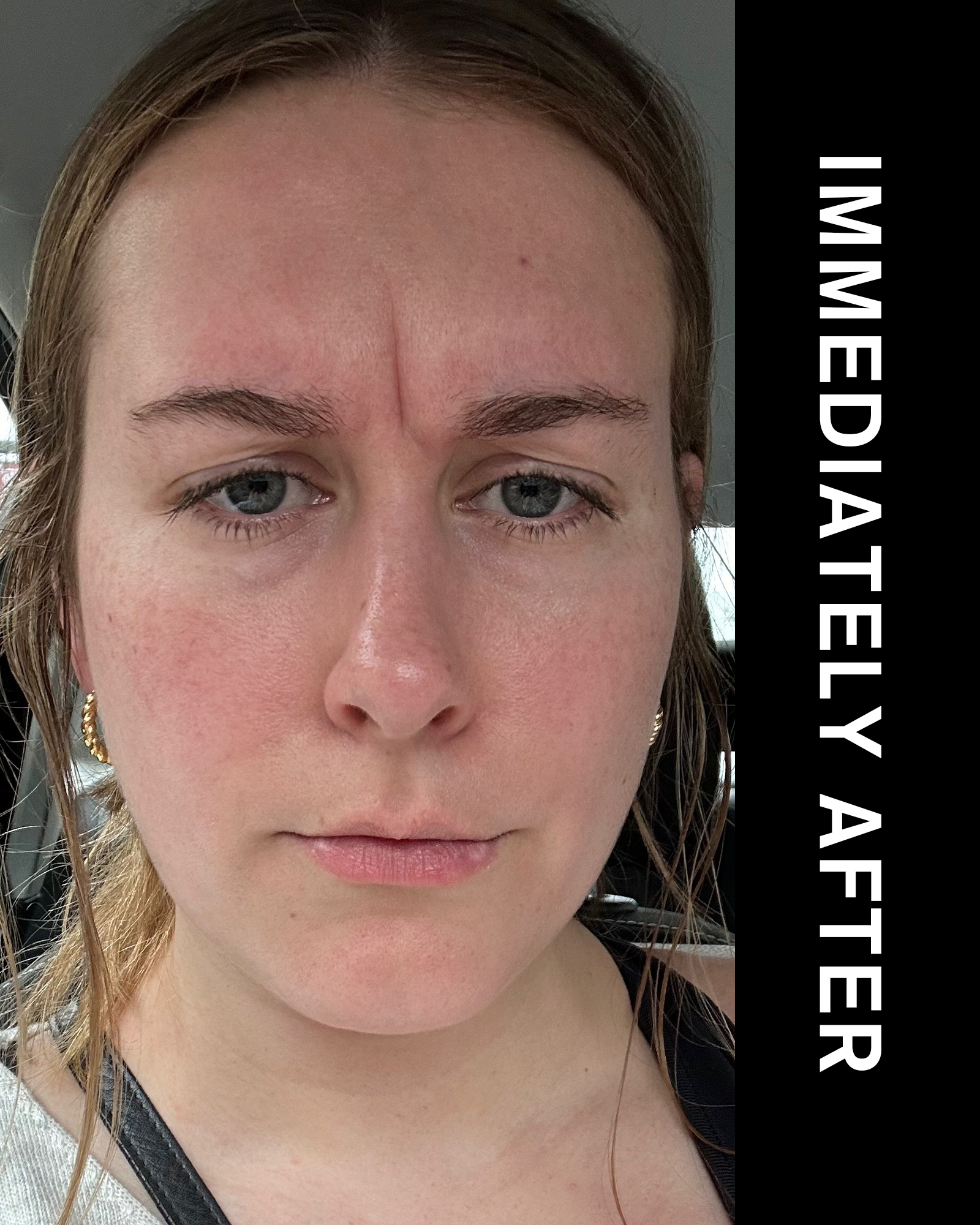
This was taken 30 minutes after treatment. As you can see, the bumpy texture already disappeared, but I have a small pinprick bruise above my left eyebrow.
4. How Long Does It Take Botox to Work & How Long Does It Last?
I wish I knew that… different neurotoxins last longer than others.
Different brand names of neurotoxins will set in faster than others. "Dysport takes one to two days to kick in, and Botox, Xeomin, Jeuveau, and Daxxify take three to seven days to kick in," Gantz says. "Maximum efficacy occurs at around two weeks for all of them." All of them (except Daxxify) will hold for six to eight weeks before slowly starting to wear off. After three to four months, it's usually time for another injection to maintain results. "Daxxify has the longest duration of efficacy at an average of six months," Gantz says. "However, I always tell my patients that there are outliers—in some people, their neurotoxin may last longer than the average, and in some, it will wear off more quickly.
My results lasted for a little over three months. Recently, I've seen and felt movement returning to my glabella area. The other day, I noticed the line—though greatly softened—was back when I was squinting into my car's rearview mirror. I'm in the process of scheduling my next appointment.

This was the result about two weeks post-treatment. As you can see, I was no longer able to furrow my brow. At rest, my forehead was smooth—no wrinkle!
5. What Should You Expect After Getting Botox?
Gantz warned me that immediately after injection, I could see small, mosquito bite–like bumps in the injection site. Bruising is possible, too. I experienced both, but they were minimal. The bumpy texture on my forehead was gone before I got home. The one or two small bruises I got lasted about five days, but they were easy to cover with makeup. Luckily, I didn't experience any of the other, more rare side effects.
"Bruises, in general, can last up to two weeks. Some people can experience a band-like headache across their forehead after injection, which can last a few days. It is more likely to occur after your first or second treatments, but you can take whatever you normally take for headaches. It is also very rare, but possible, for Botox to relax a muscle that you don't intend for it to. This can lead to something called eyelid ptosis, where you can have difficulty keeping the eyelid open. If it were to happen, there are eye drops that can help you to be able to lift the eyelid.
I wish I knew that… you can't lie down or exercise after treatment.
The only two things that are total no-gos after getting neurotoxin injections are lying down and exercising. Both can negatively affect the final result. While some injectors advise holding off on these activities for longer than others, Gantz instructs her patients to avoid them for 90 minutes after treatment. Obviously, I heeded her advice, and my first-time "Botox" experience went smoothly (pun intended).
5 Skincare Products I Use to Boost the Effects of Botox
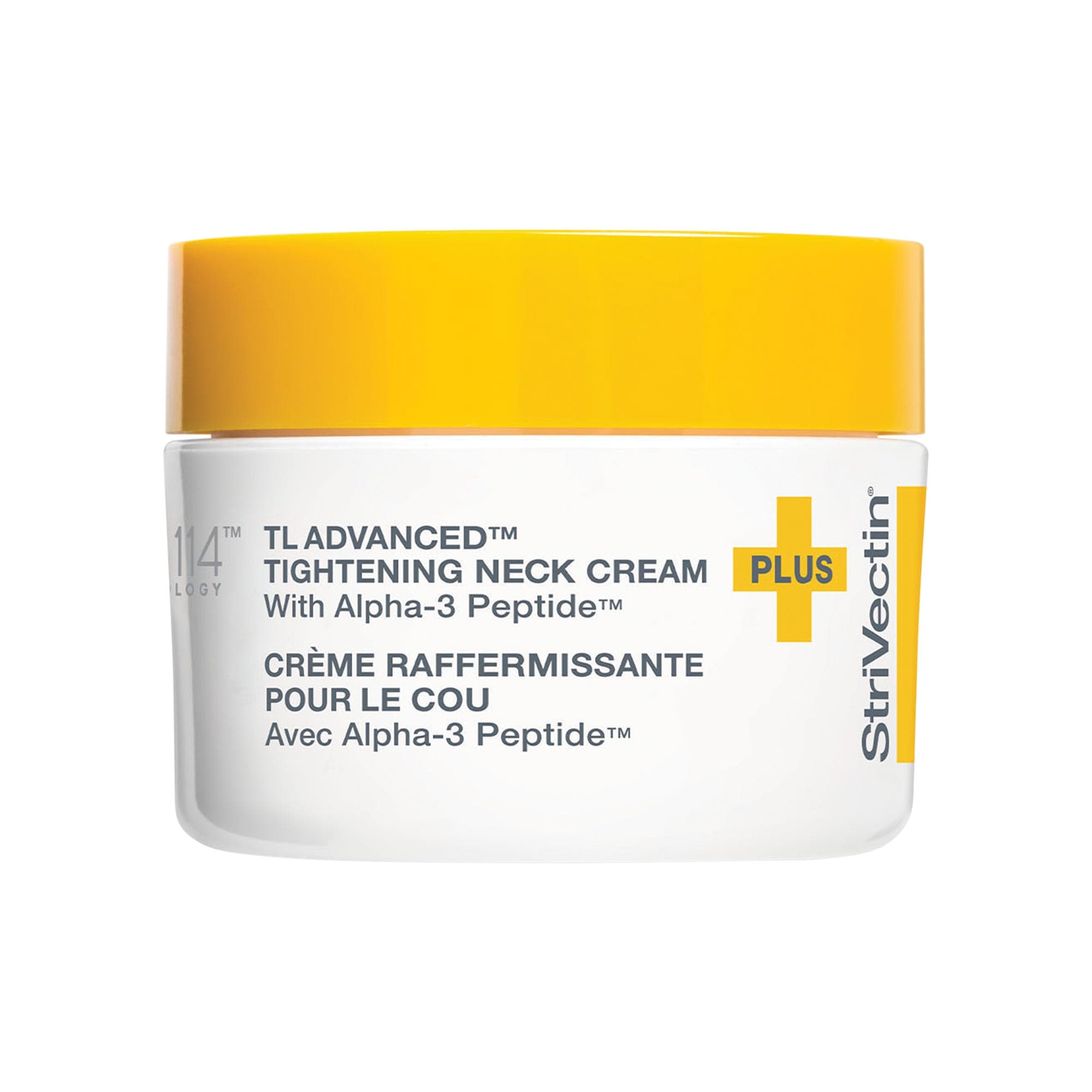
I want the skin on my neck to match the smooth skin on my face, so I've started using this firming and tightening neck cream at night.

I'm also paying more attention to my eye area as I get closer to turning 30.
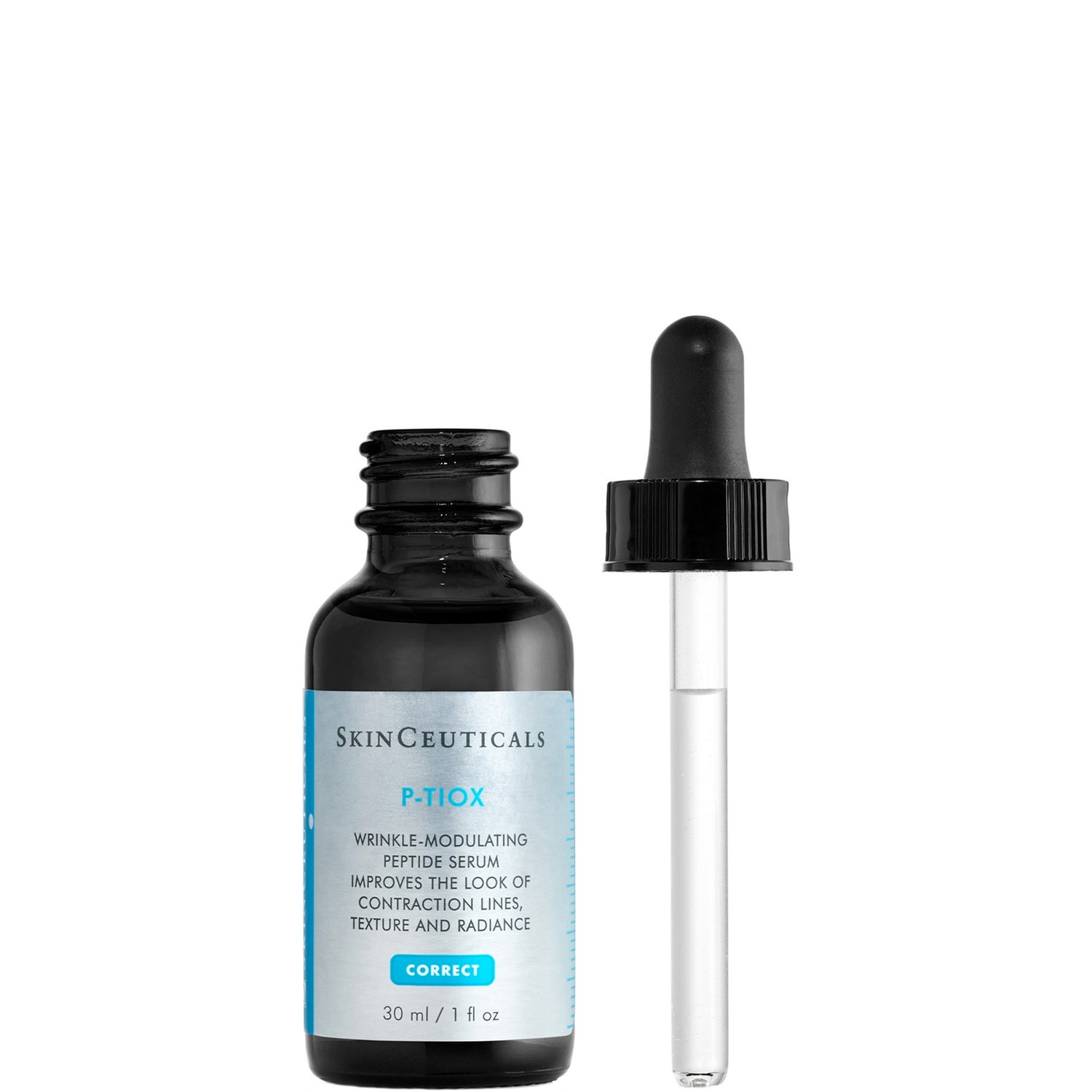
This high-tech serum was inspired by the effects of neurotoxins. It promises to smooth expression lines and reduce the appearance of wrinkles over time.

Kaitlyn McLintock is a Beauty Editor at Who What Wear. She has 10 years of experience in the editorial industry, having previously written for other industry-leading publications, like Byrdie, InStyle, The Zoe Report, Bustle, and others. She covers all things beauty and wellness-related, but she has a special passion for creating skincare content (whether that's writing about an innovative in-office treatment, researching the benefits of a certain ingredient, or testing the latest and greatest at-home skin device). Having lived in Los Angeles, California, and Austin, Texas, she has since relocated back to her home state, Michigan. When she's not writing, researching, or testing beauty products, she's working through an ever-growing book collection or swimming in the Great Lakes.
-
 Chase Sui Wonders Demands Your Attention
Chase Sui Wonders Demands Your AttentionThe burgeoning actress came of age with Seth Rogen's movies. Now, she's starring in his latest project—The Studio, the Hollywood meta comedy now streaming on Apple TV+.
By Anna LaPlaca
-
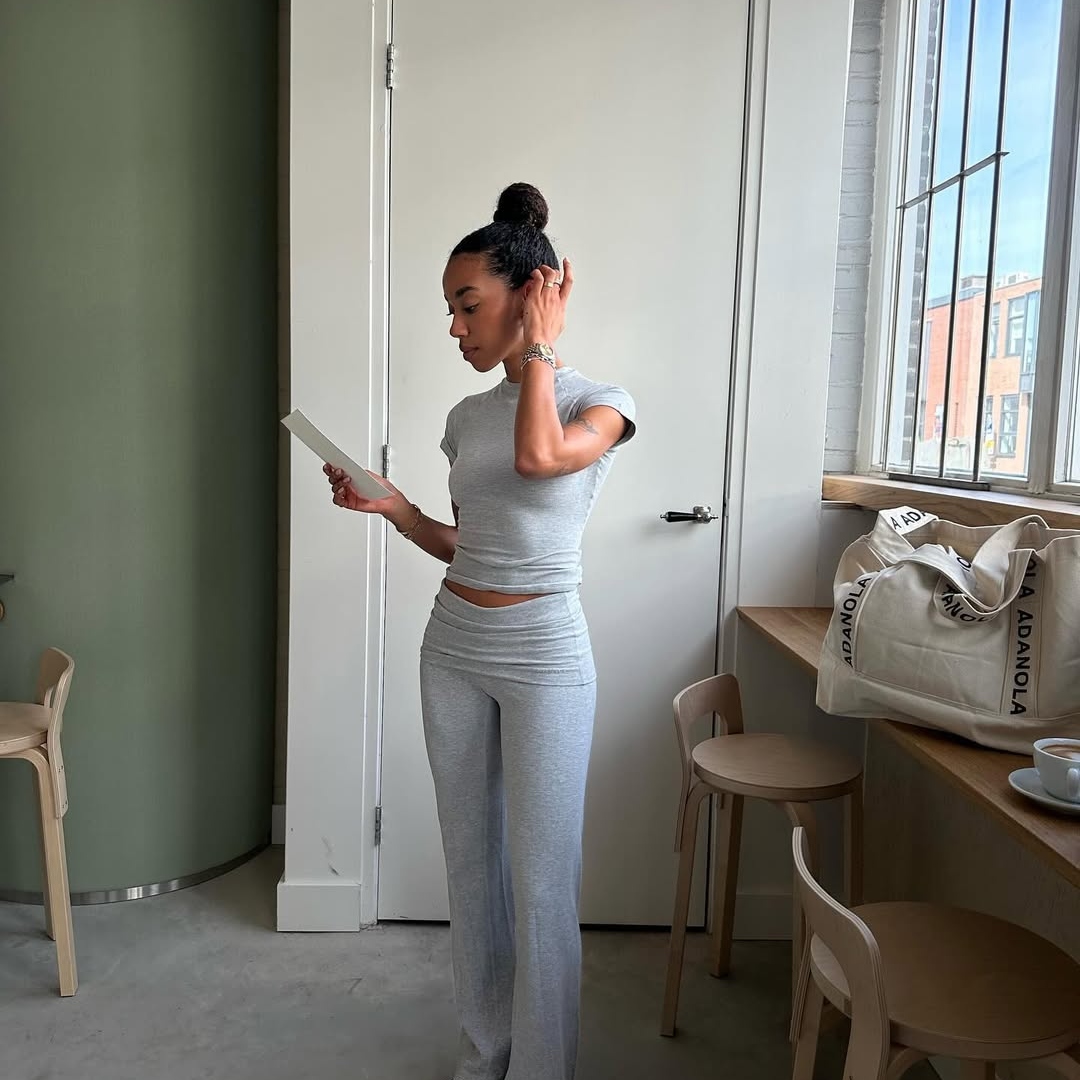 I Used to Postpone Workouts to Save My Hairstyles—These Sweat-Defying Tips Changed the Game
I Used to Postpone Workouts to Save My Hairstyles—These Sweat-Defying Tips Changed the GameThey always work.
By Maya Thomas
-
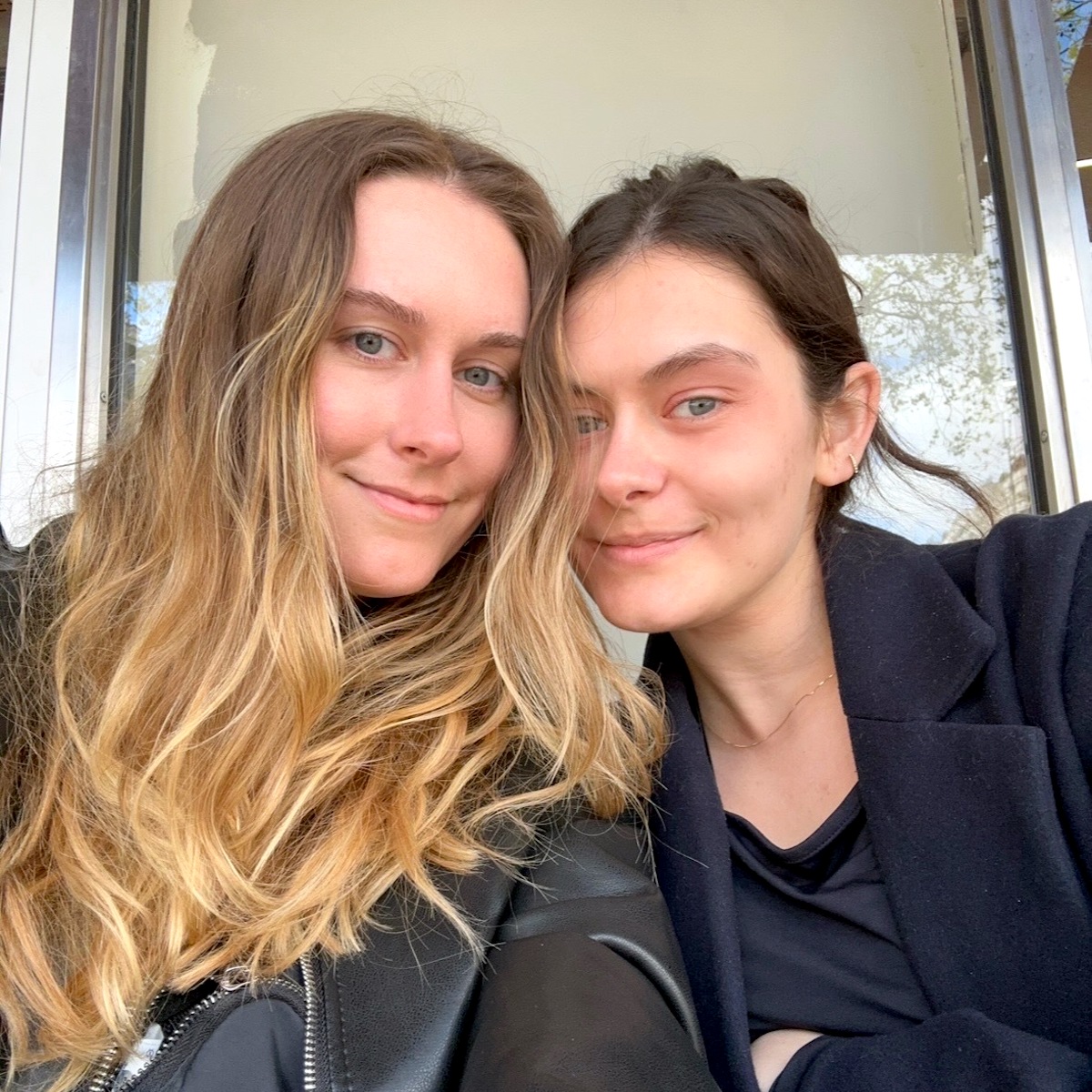 My Sister and I Have Opposite Skin Types, But These Products *Magically* Work for Both of Us
My Sister and I Have Opposite Skin Types, But These Products *Magically* Work for Both of UsThese are our "unicorn" products.
By Kaitlyn McLintock
-
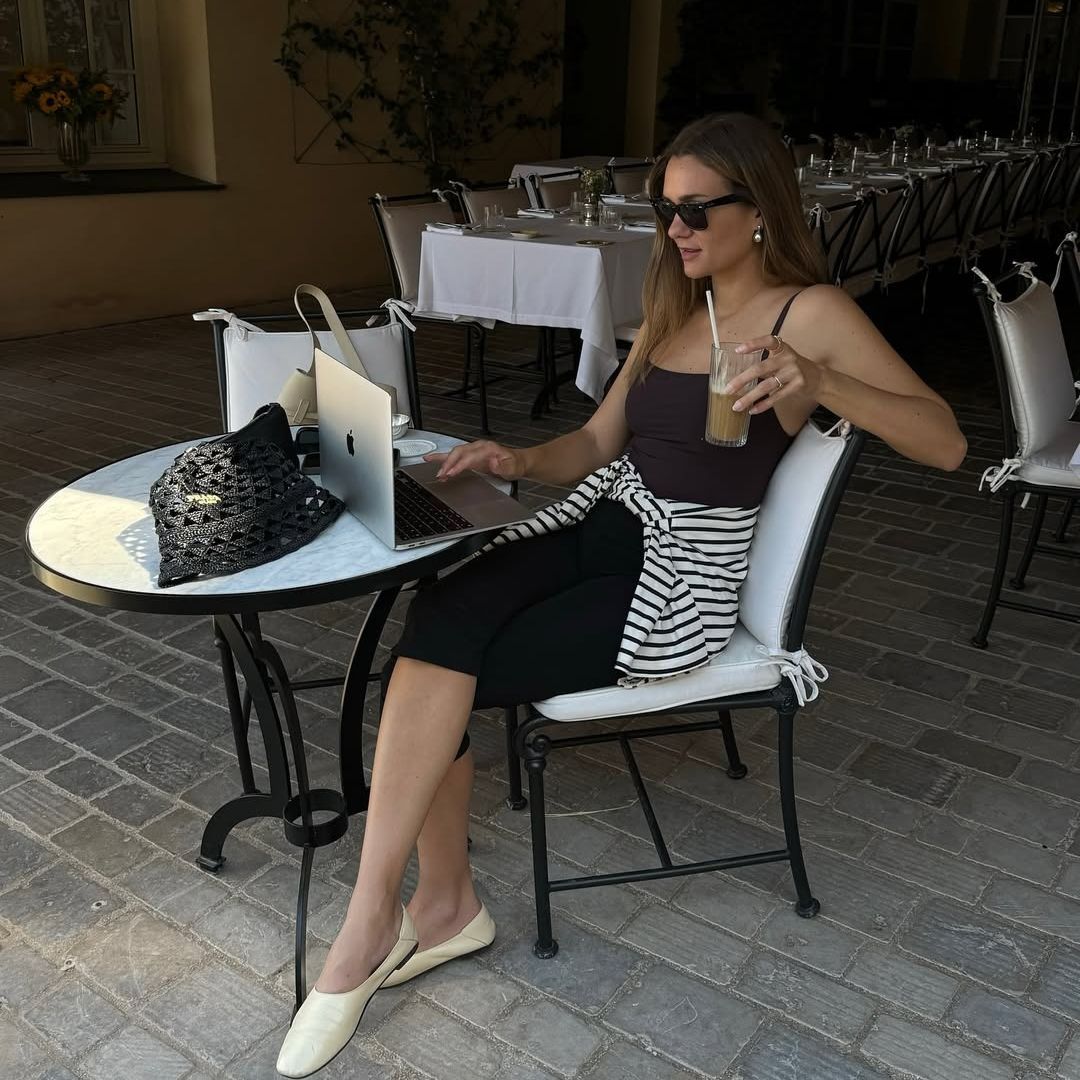 I Polled Our Editor Slack Channel—10 French Beauty Products We’d Buy From Ulta’s Spring Sale
I Polled Our Editor Slack Channel—10 French Beauty Products We’d Buy From Ulta’s Spring SaleBy Alyssa Brascia
-
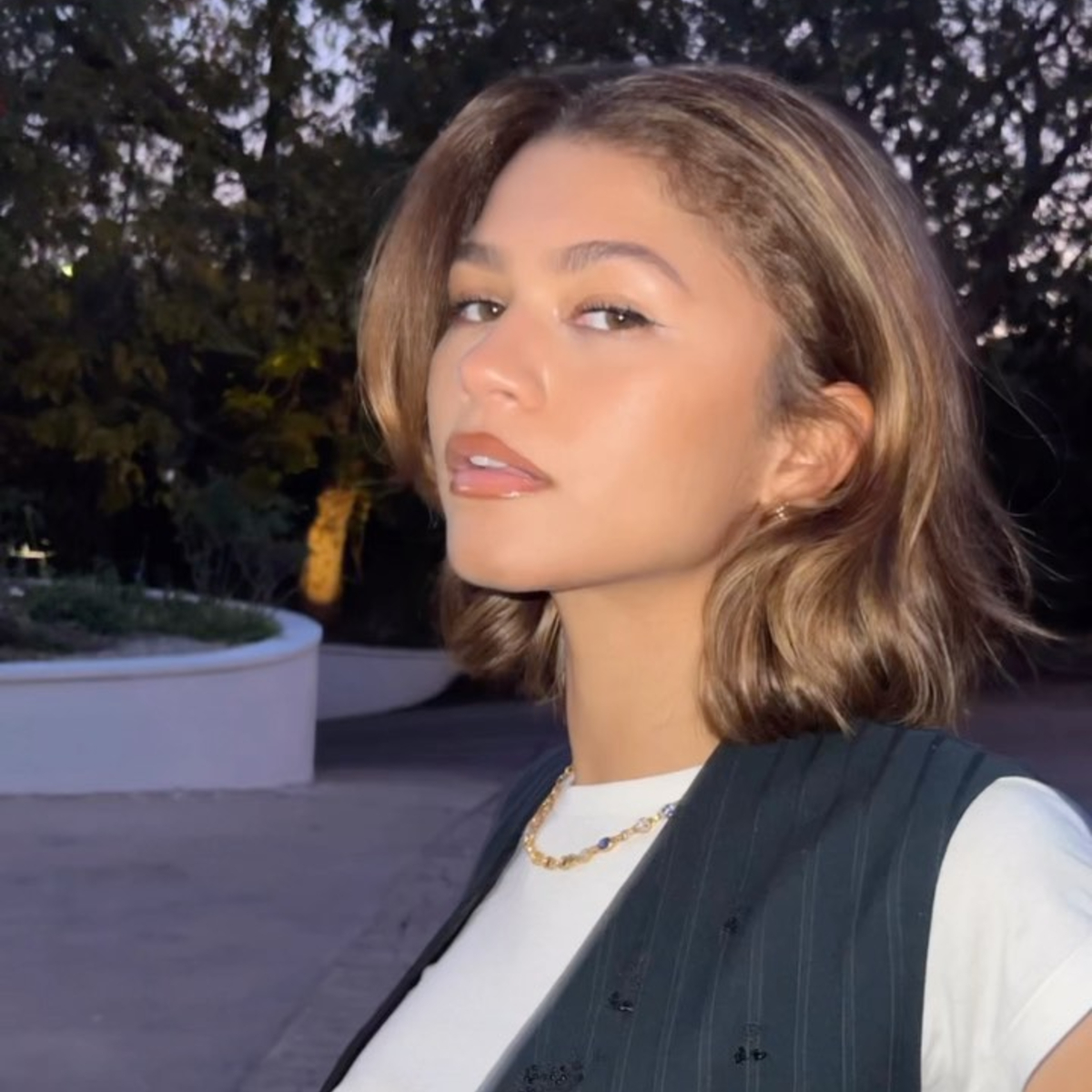 5 Underrated Pillars of Youthful and Glowing Skin, According to Zendaya's Facialist
5 Underrated Pillars of Youthful and Glowing Skin, According to Zendaya's FacialistI'm taking so many notes.
By Shawna Hudson
-
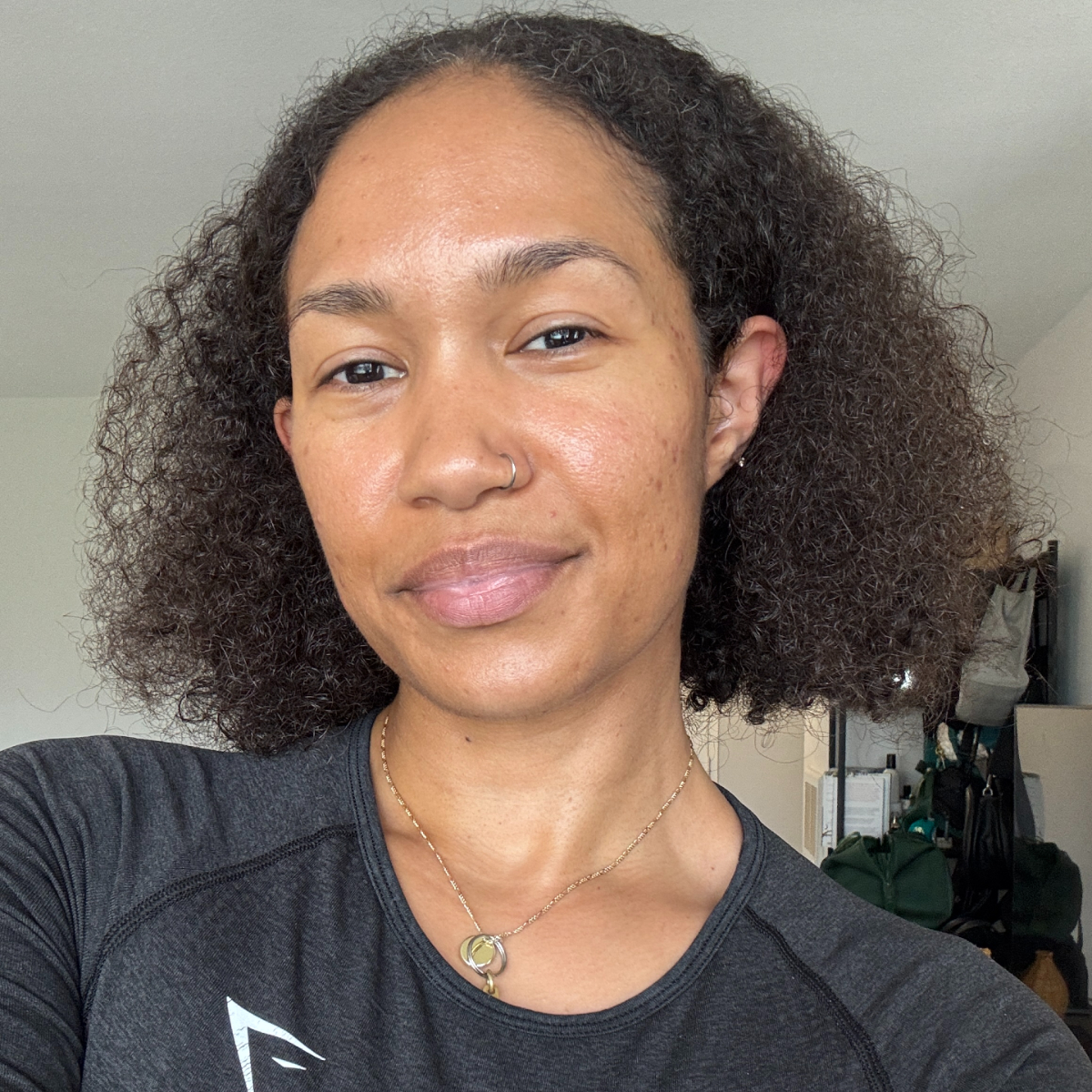 Aestheticians on Instagram Can't Stop Raving About This Acne-Clearing Serum, so I Tried It
Aestheticians on Instagram Can't Stop Raving About This Acne-Clearing Serum, so I Tried ItIt's perfect for sensitive skin.
By Shawna Hudson
-
 I Just Visited the Rainforest—These Were the Beauty Products That Proved Essential
I Just Visited the Rainforest—These Were the Beauty Products That Proved EssentialTravel dryness? I don't know her.
By Shawna Hudson
-
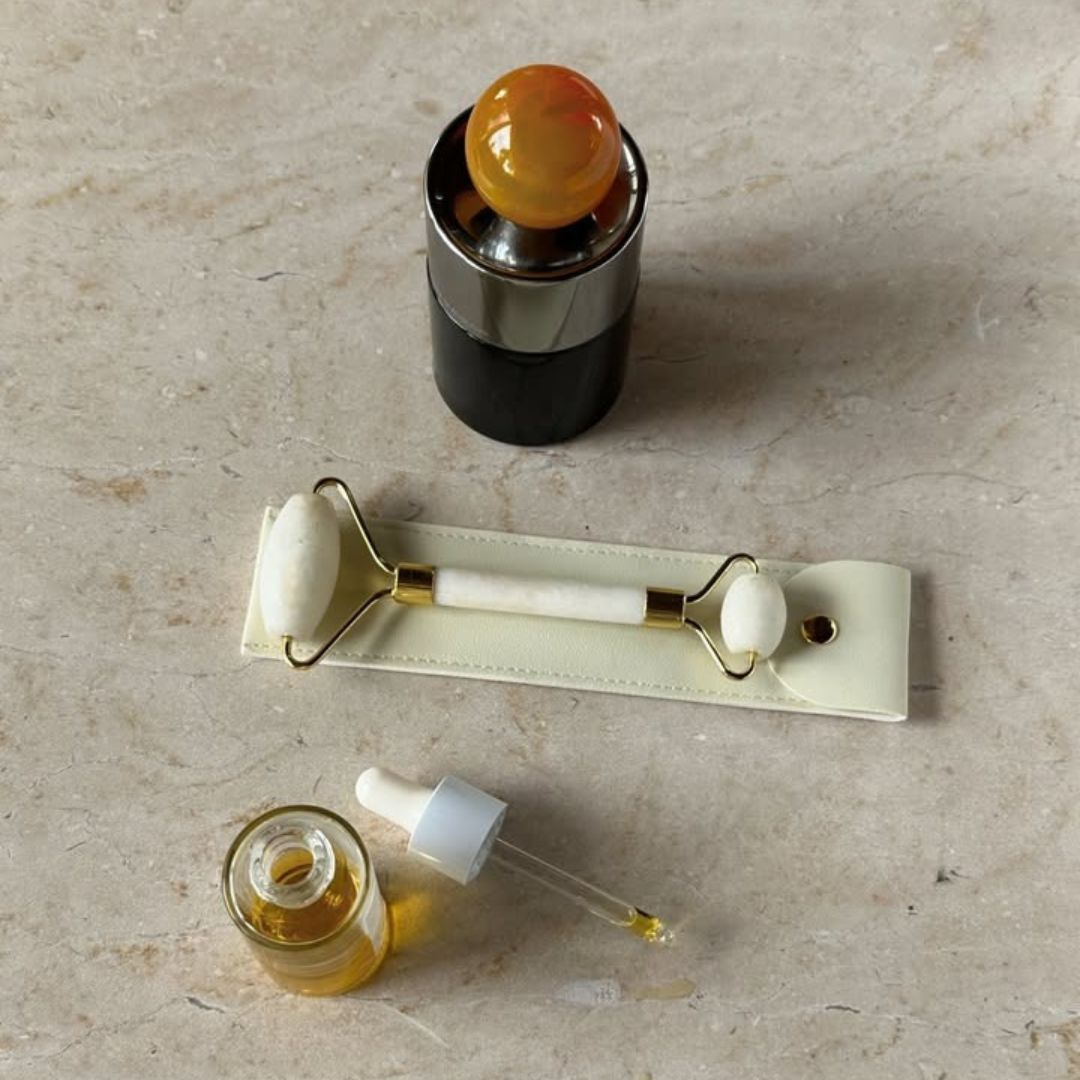 The Numbers Don't Lie—WWW Readers Shop These 11 Products the Most, and They're on Sale RN
The Numbers Don't Lie—WWW Readers Shop These 11 Products the Most, and They're on Sale RNSaving on your faves is basically a profit… It's girl math.
By Alyssa Brascia
-
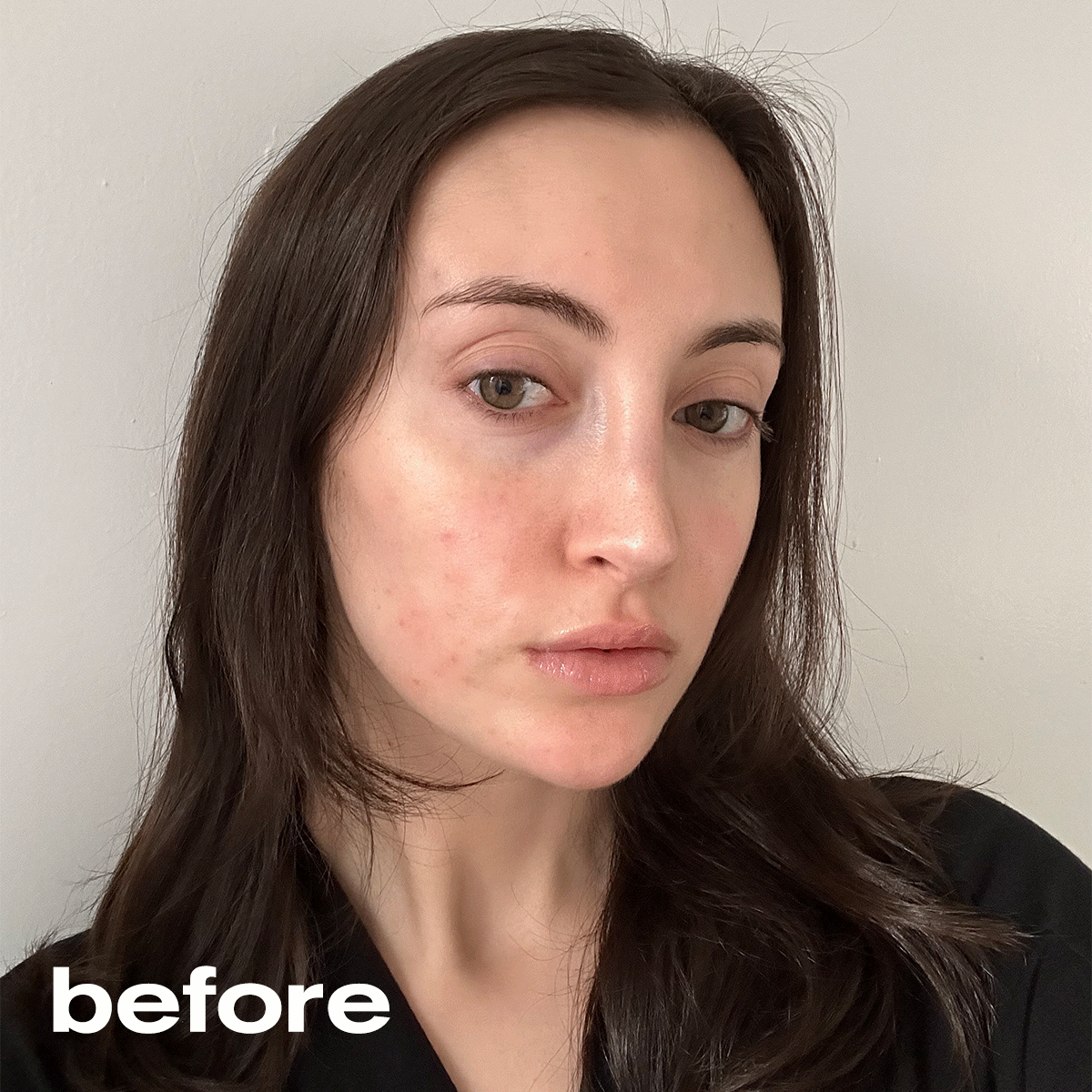 Chic Londoners Love This Ultra-Light Moisturizer, and No Lie, It Saved My Angry Winter Skin
Chic Londoners Love This Ultra-Light Moisturizer, and No Lie, It Saved My Angry Winter SkinIts key ingredient changed everything.
By Alyssa Brascia
-
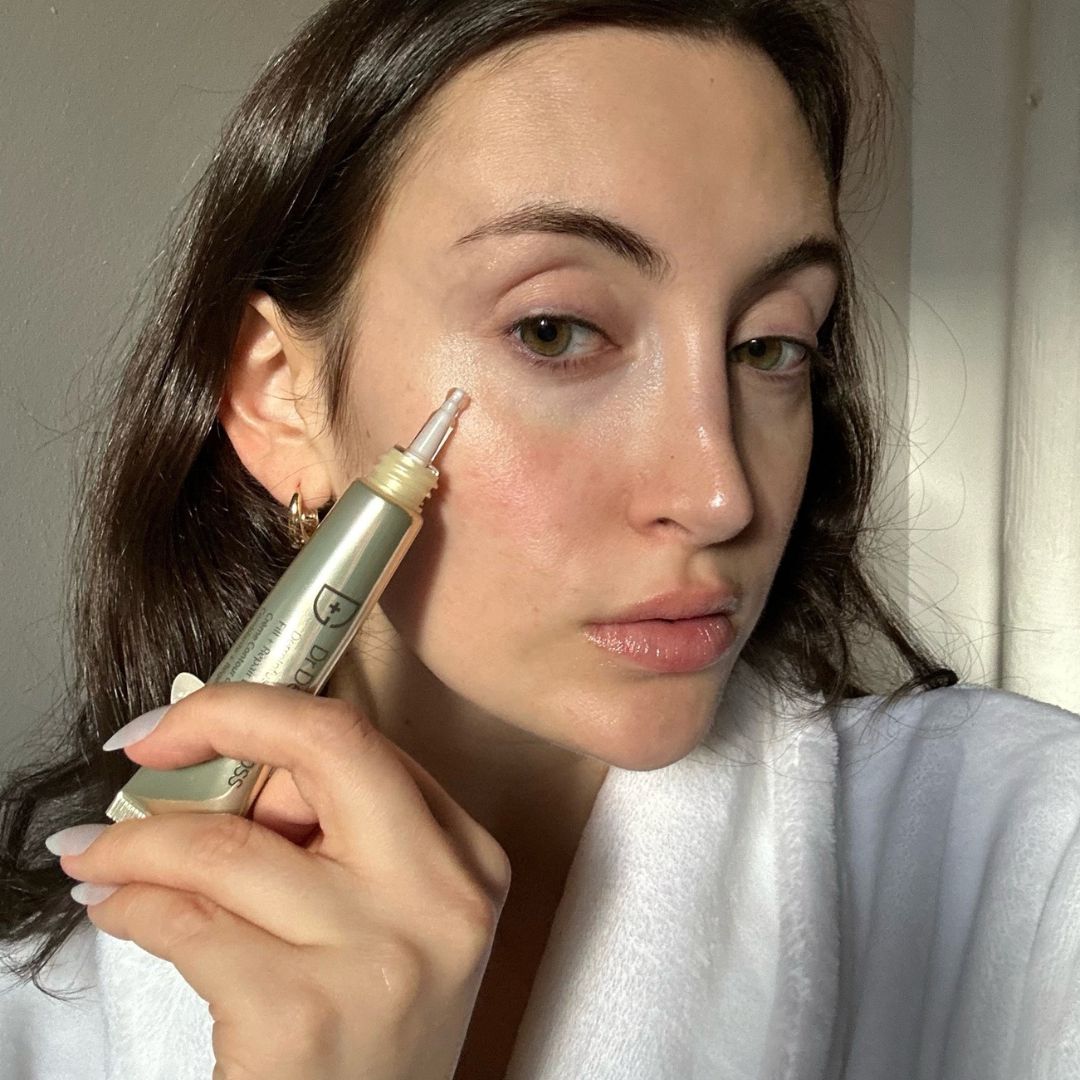 Cancel Your Filler Appointment—This Derm-Developed Eye Cream Is Your Needle-Free Alternative
Cancel Your Filler Appointment—This Derm-Developed Eye Cream Is Your Needle-Free AlternativeI can’t believe my eyes (pun intended).
By Alyssa Brascia
